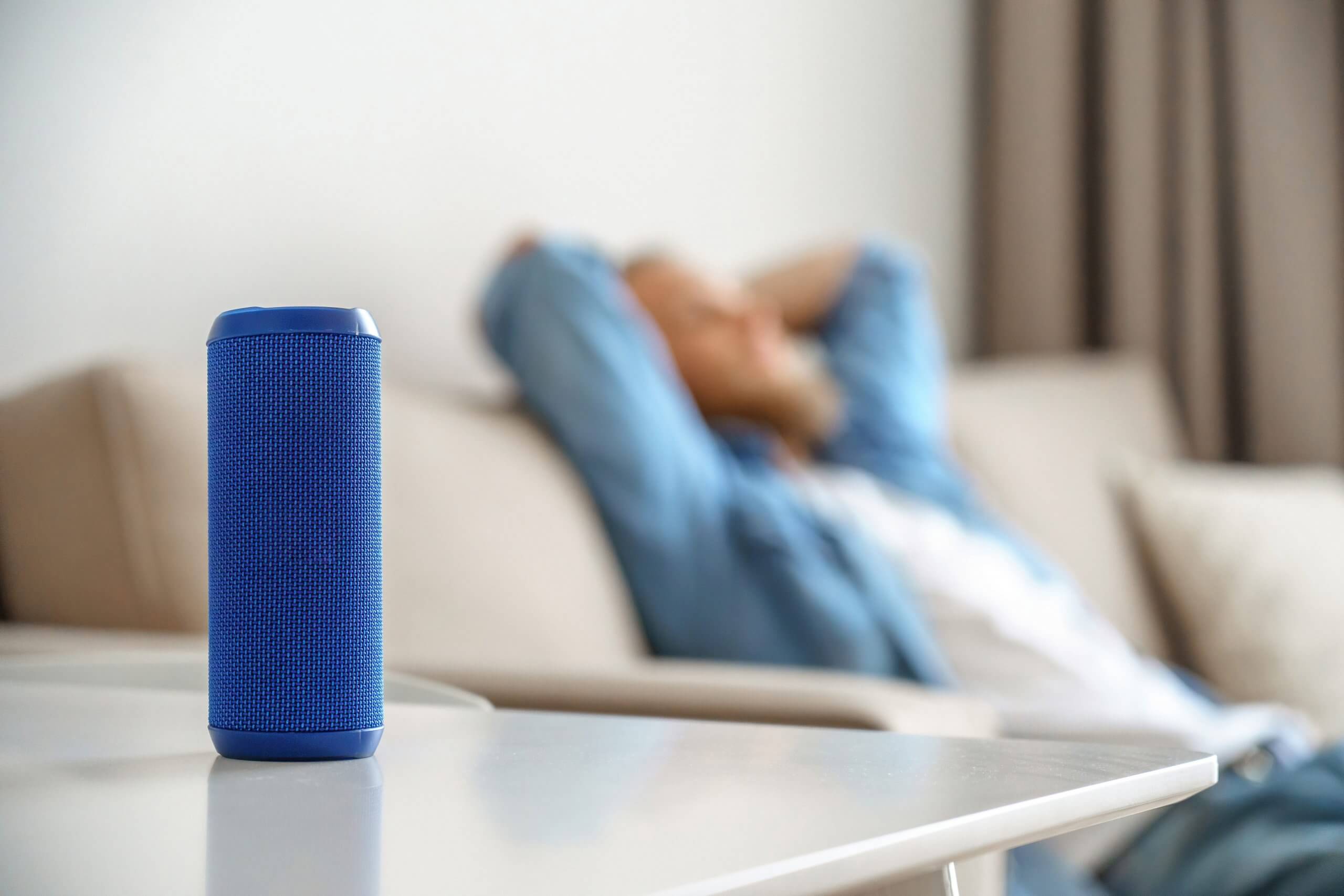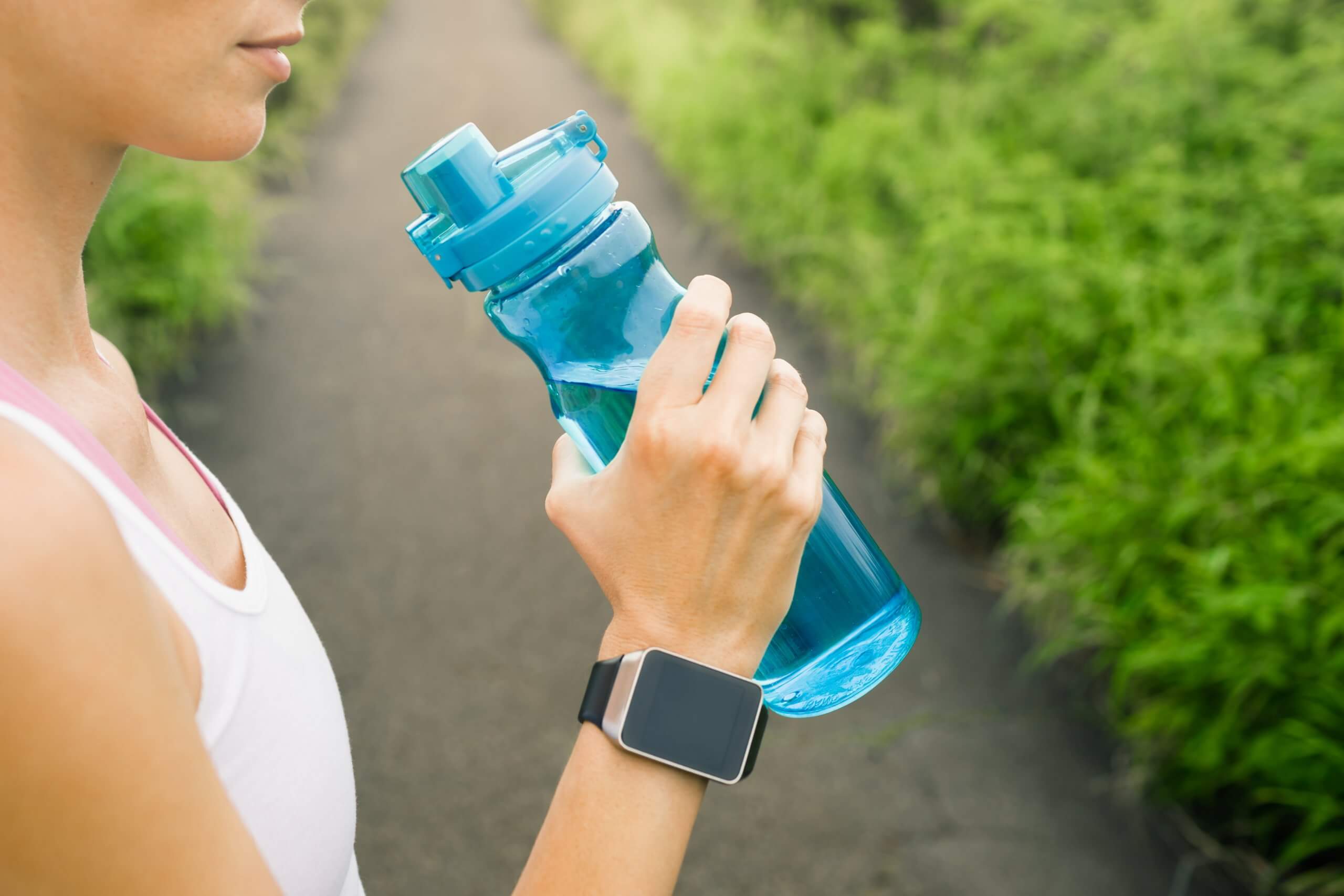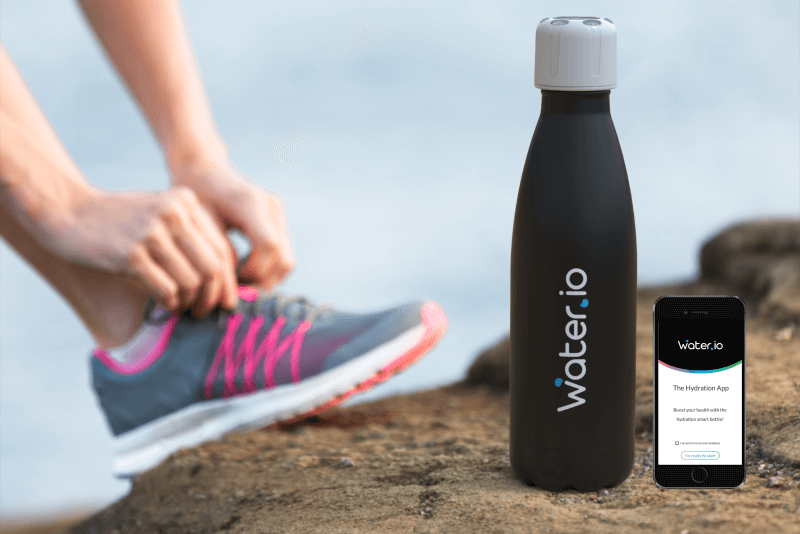Internet of Medical Things: A New Form of Healthcare
IoMT, is a group of various medical devices, equipment, and applications that are able to connect with computer networks.
What is the Internet of Medical Things?
In its simplest form, the Internet of medical things, also referred to as IoMT, is a group of various medical devices, equipment, and applications that are able to connect with computer networks. These applications or devices must connect to Wi-Fi, allowing the machines or devices to communicate with each other wirelessly.
Once machine-to-machine communication is developed, the information and data collected on medical devices and equipment are stored on a cloud system. By having the data collected into a single location, the information can then be analyzed and interpreted by doctors, medical experts, etc.
How is IoMT Used?
IoMT is used for a wide variety of doctor and patient needs. This technology can be used for tracking medication orders, log when a patient is admitted to a hospital and what their location is, and hospital beds can sense a patient’s vitals and send it directly to their doctors and nurses.
These basic examples indicate the Internet of Things in the medical/healthcare industry enhance patient and doctor experience. Not only does it keep the patient safer and better cared for, but it also allows healthcare professionals to constantly monitor the condition of the patient without being directly in the same room as them. This allows for better patient care because a patient’s condition and needs never goes without observation.
Just as importantly, IoMT includes many wearable medical devices. These wearable medical devices allow patients to spend more time at home, rather than in a hospital or doctor’s office. For people with chronic disease/illness, allergies, etc., wearable medical technology can aid in protection, treatment, and recovery for their condition. Bringing diagnosis, treatment, and monitoring into the home means no more waiting for appointments, having to see a doctor in person (say every few weeks for some patients), or missed changes in condition/new symptoms in the patient because a doctor cannot monitor them 24/7 in many instances.
Examples of IoMT Devices
Dexcom G5
This device is used for diabetes patients. It is a smart glucose monitor that a diabetes patient wears to keep tabs on their blood-sugar levels. This wearable medical device is linked to a wireless network and with smartphones so it can display continuous glucose-level monitoring. A patient is alerted to spikes in blood-sugar levels through a smartphone app. That information can also be sent to their doctor, other healthcare providers, and family members so everyone is informed of potential hazardous situations.
UnaliWear Kanega
UnaliWear Kanega is another wearable device designed for use in elderly populations. Wearable devices for older generations are becoming increasingly popular because they allow senior citizens to remain independent, while also maintaining safety. Kanega is able to monitor a person’s vital signs, but also has an accelerometer and GPS enabled tracker to continuously monitor a person’s location.
This kind of device can be particularly useful for elders who are prone to falling or have memory issues. Kanega can detect if the user falls and sends alerts to family members with their location. The same goes for if the elderly person finds their self in an unfamiliar location. The GPS coordinates are sent to a family member so they can be retrieved safely.
OmniPod
The OmniPod device is used for remote medical treatment. This piece of technology is a wearable medical insulin pump. It works in combination with a glucose monitor to make sure the patient is administered the correct dosage at any given time. Again, the data collected by this device can notify the doctor or other healthcare provider when the dosage was administered and how much was given to the patient.
The Smart Bed
The BAM Labs Smart Bed is also considered an Internet of Medical things smart device. This Smart bed is a cloud-connected bed that monitors vital signs/biometric information. It can help prevent the development of bed ulcers for patients who need to stay in bed up to 85.4%. This smart bed can also track heart rate trends, respiration trends, the amount of time the patient remains out of the bed, and can also track the patient’s sleep patterns. All of this information can be used by healthcare providers to continuously track a patient’s progress, setback, o changes in their condition for a better overall healthcare experience.
